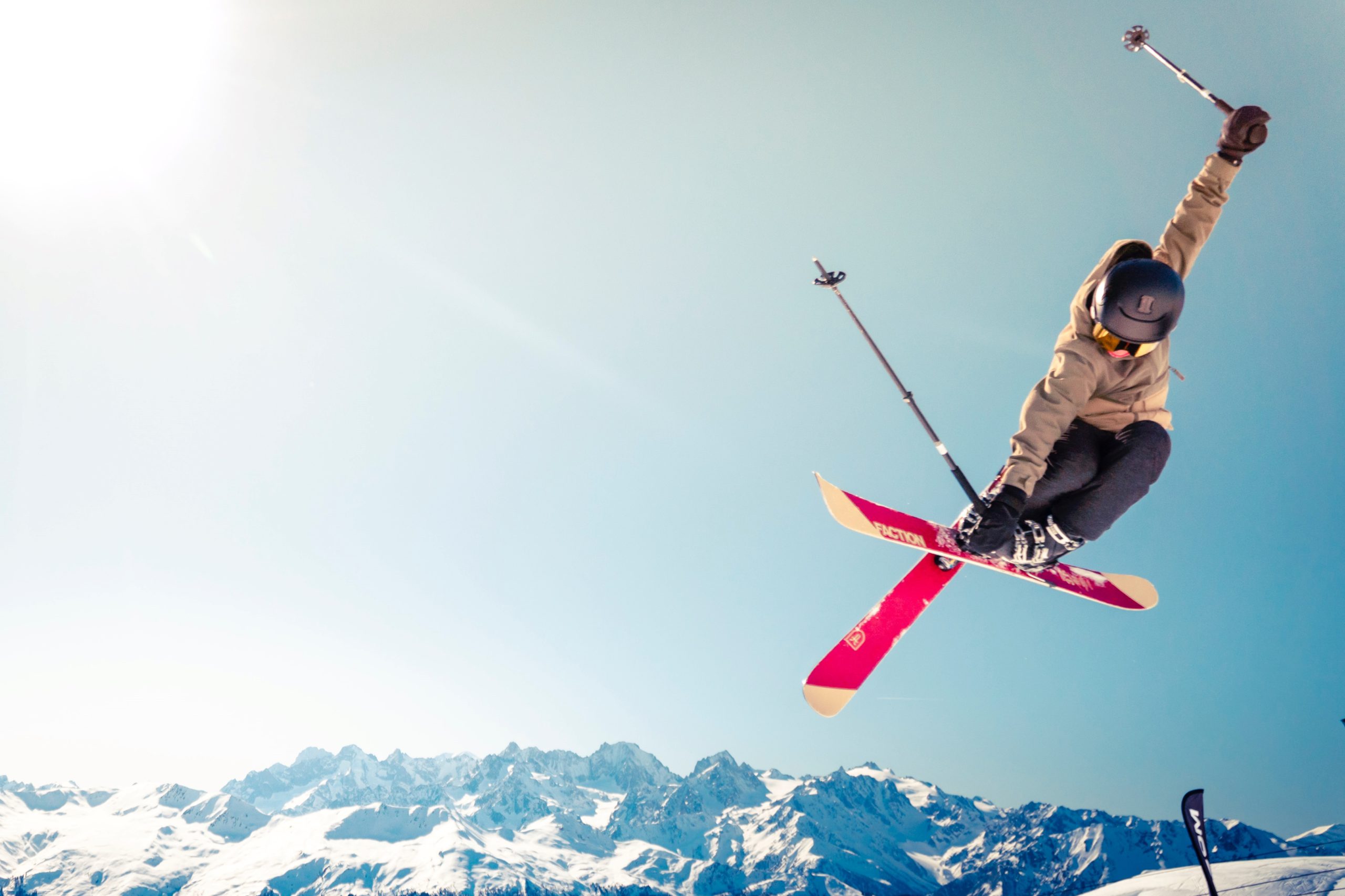With the 2022 winter Olympics in Beijing coming to a close in February, we look back on the accomplishments of Canada’s winter athletes. After two weeks of competition filled with obstacles like brutal weather conditions and the Omicron variant, Canada came home with 26 medals.
The best part? Over half of the medals were achieved by women. From bobsled to hockey, Canadian female athletes have much to celebrate this Women’s Day.
Selena McCuaig & Kiara Leveridge, executive team members of the Black & Indigenous Varsity Student-Athlete Alliance at York weighed in on the importance of Women’s Day in sports.
“Oftentimes, female athletes are put on the back burner of sports and overlooked. Women’s Day allows female athletes to experience recognition and praise for all of their hard work,” they share.
“Female athletes are finally put at the forefront of sports,” they add.
The fourth and second-year students, respectively, hope for more than just celebration on Women’s Day. “We should use this day to recognize the need for equality on a daily basis, and not just today.”
Parmin Rahimpoor-Marnani, a fourth-year student in kinesiology, and a peer mentoring coordinator with the Kinesiology and Health Science Student Organization, believes Women’s Day is great for younger generations, especially in the mental health context. “I believe that this day can be a great opportunity for young female athletes to do a mental check-in, not only with themselves, but also with other females, and female athletes, around them.”
We also need to be acknowledging the finer characteristics that women athletes bring to the table, outside of competition, and the impact they have on others around them.
Dan Church, the head coach of the women’s hockey team at York, has been coaching women for 24 years. “Coaching women has taught me to be a more thoughtful and prepared coach. I’ve also seen, in my coaching experience, how much the players care for each other and care about creating a positive and supportive environment where everyone can flourish.”
With Women’s Day celebrations underway, it’s important to reflect on the continued struggles for women within winter sports, especially for the BIPOC community. Rahimpoor-Marnani adds, “With the many societal expectations, it can be easy for female athletes, especially those from BIPOC backgrounds, to experience distress in the form of a build-up of societal pressures without recognizing it.”
Research has shown that the lack of diversity in outdoor recreation and sport is largely due to past prejudice in history, and the segregation within national parks and other outdoor landscapes, which is where winter athletes predominantly train.
The “unequal access to nature and its benefits” is referred to as the nature gap, according to Erin Key of Ski Magazine.
“There is a stereotype where BIPOC athletes, and females in particular, are expected to thrive in summer sports based on the nature gap,” says McCuaig & Leveridge. “There is a disconnect with BIPOC peoples and the outdoors, which resonates throughout history,” they share.
Along with historical roots, there are other barriers to BIPOC participation in winter sport that exist, and there is no exhaustive list. Financial status and media representation are crucial for encouragement.
“I think this is something the sport needs to take a hard look at so we can make hockey more accessible for people in the BIPOC community,” mentions Church. “In Canada we have strong representation from females in the game, but there are still barriers for women. In general, we need to see more women’s sport on television and in the media,” Church states.
With so many harsh realities about representation in sport happening daily, it’s important to look to the future. “BIPOC female athletes shouldn’t feel limited to a small selection of sports they can play, or discouraged when choosing what sport to play,” shares McCuaig & Leveridge.
“We hope to see BIPOC female athletes in coaching positions of winter sports in order for BIPOC female athletes to feel represented and supported while playing the sport they love,” the students add.


